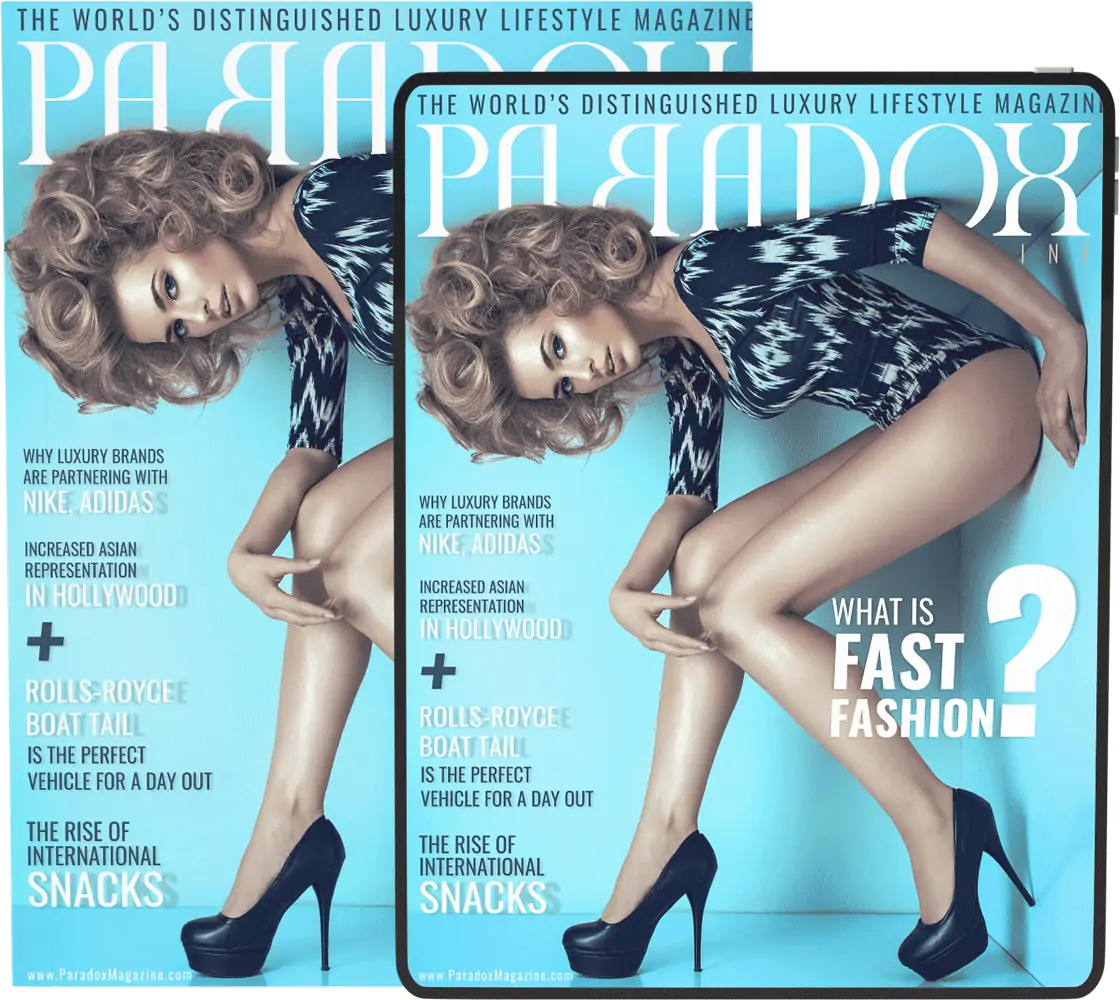Rosencrantz, Guildenstern, and other characters are now dead. But not in the way Shakespeare had envisioned. The Danish throne is not being seized by a Norwegian prince. It is not a question of whether you want to be or not.
It’s the same story in the operatic adaptation of Shakespeare’s most well-known play. “Hamlet” opens Friday at the Metropolitan Opera with music by Brett Dean, and a libretto written by Matthew Jocelyn. This is the last new production of the company’s COVID season.
This is Hamlet as you have never heard it. It’s set to an orchestral score that features an accordion and tinfoil, plastic containers, sandpaper, and plastic bottles.

Jocelyn’s play sounds sometimes like he took the different texts and ran them through a Mixmaster. He even shifts lines from one character to the next. This is enough to make Shakespeare purists scream.
To paraphrase a line from Shakespeare’s play, “There is a method to his madness.”
Jocelyn stated in an interview that she had told Brett from the beginning that there is no such thing as “Hamlet”. “There were three versions of Hamlet published during his lifetime, and each one has been a conflation. I felt that if we went back and gathered the raw material, we could make our own compilation but in a more radical manner.

Tenor Allan Clayton, who played the title role in the 2017 premiere of the work at England’s Glyndebourne Festival, stated that Matthew “has done very cleverly to upend some expectations.”
Clayton stated, “Because the advantage of doing ‘Hamlet,’ people can say, “Oh, I’ll go and see that,” Clayton added. They’ve got a way to get into it, unlike any contemporary opera that might seem less accessible. He accepts that expectation, and he doesn’t completely destroy it. But he does throw curveballs in.”
Clayton said, for example, in the opera, “My first line” is “…Or not to be”, and the audience responds, “Oh, wait! That doesn’t come in until much later.”
When Hamlet finally delivers that soliloquy it is not the familiar version. It’s based on the First Quarto, which was published as a text.

Instead of starting: “To be, or not to become: that is the question,” “…or to not be. To be ….ay there’s the point” and later “To die; sleep.. perchance dream!” There’s the rub. We hear “To die, sleep – is this all? Ay, all. No! Dream – there it is!
Jocelyn had the task of rearranging and reassigning parts of the text. She also had to make drastic cuts in order to reduce a play that took nearly six hours down to an opera of three hours.
Jocelyn stated that the decision was made to make it a family tale. He and Dean dropped the character of Fortinbras (the Norwegian prince who claimed the throne at end of the play), which he and Dean had created. A subplot in the play where the sycophantic courtiers Guildenstern and Rosencrantz accompany Hamlet to England was also dropped. They were then murdered on their way. They survive to the end when Hamlet kills them with a poisoned blade.

Dean created “an audio psychodrama” by focusing more on Hamlet’s obsession with how and if he should seek revenge on his uncle, who he says killed his father.
He created a “sound world very all-encompassing” by placing clarinet, trumpet, and percussion inside balconies. There were also occasional choristers.
Jocelyn says that when a percussionist smashed two stones together, it was like a feeling inside Hamlet’s head. “Those rocks are exploding in Hamlet’s head.”
Dean also mentioned that there is a “semichorus” of eight vocalists in the orchestra pit. They “work as a resonance room, an echo of some things you hear on stage.”
Even having Ophelia stand on an upper balcony, he even had her sing a few lines.
Clayton recalls from Glyndebourne performances that “a lot of people, even non-opera fans, told me they loved sitting in the middle of the crowd and feeling like they were part of a cinema soundscape.” “Sorta like Dolby Surround sound.”
Dean’s score is easy to understand, despite the eccentric instrumentation.
He said that composers like to believe they are the latest thing since sliced bread. However, it is not necessarily the most difficult thing one will hear about the avant-garde. It is lyrical.”

The first performance of “Hamlet” was in 1602, and its impact is still evident more than 400 years later. The Met is hosting the opera, but across the street, a renowned production from London will be opening at Park Avenue Armory. The Public Theatre presents “Fat Ham,” a Pulitzer Prize-winning story about a Southern black college student. The story of Amleth is the basis for “The Northman,” which is also a source of Shakespeare’s inspiration. Even “The Lion King,” a Broadway musical that has been running for almost a quarter of a century, borrows key plot elements from Shakespeare’s play.
Although many composers have made operas based upon Hamlet, only Ambroise Tom’s 1868 five-act French version of the opera has remained in the active repertoire. It was last performed by the Met in 2010, after a long absence.
Dean’s Hamlet, a play about Hamlet, has been performed in Adelaide, Australia, and Cologne, Germany, even before it was performed at the Met. It will be performed at the Bavarian State Opera, Munich, Germany next summer.
The Met’s production also stars Brenda Rae, soprano, as Ophelia. Baritone Rodney Gilfry plays Claudius, and Sarah Connolly, mezzo-soprano, as Gertrude. It will be conducted by Nicholas Carter and broadcast to movie theaters around the world on June 4.































